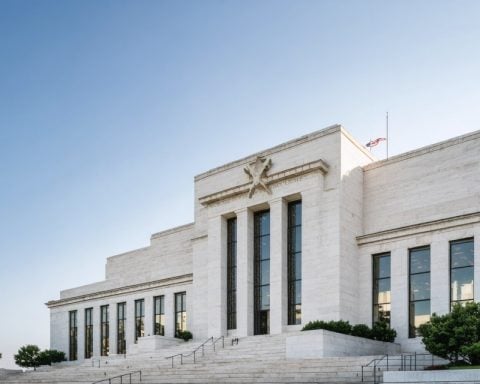- Israel has established two military bases in the Syrian Golan Heights, contradicting its previous claims of being in a temporary position.
- The bases serve as forward observation points, indicating an escalation in military involvement in the region.
- One base is near completion, while another is still under construction, highlighting ongoing military investment.
- Newly constructed roads facilitate access for Israeli forces, further altering the region’s military landscape.
- Local residents are frustrated as military bases hinder access to grazing lands and homes, creating a climate of uncertainty.
- The evolving military presence in the Golan Heights raises questions about Israel’s long-term intentions and implications for the region.
Satellite images reveal a surprising twist in the ongoing conflict as Israel has quietly established two military bases in the Syrian Golan Heights, contradicting its previous claims of a temporary presence. The stunning revelation, captured in recent images, shows the IDF’s two bases, along with newly paved roads, signaling a significant escalation in military involvement in the region.
Initially entering Syria under the guise of defensive missions to confiscate weapons from armed factions, Israel’s intentions now raise eyebrows. Analysts note the bases are designed for forward observation, offering strategic vantage points over the tumultuous landscape.
One base, near Jubata al-Khashab, is nearing completion, while the other near al-Hamidiyah is still under construction. A remarkable new road, stretching ten miles from Quneitra, facilitates access to these installations and enables Israeli forces to traverse the previously demilitarized buffer zone, raising fears among local residents about their long-term intentions in the area.
Local inhabitants have expressed frustration, claiming the newly constructed bases obstruct their access to grazing lands and prevent them from returning to homes they were forced to evacuate. The burgeoning military presence has created an atmosphere of uncertainty, leaving many to speculate whether Israel intends to maintain its foothold.
As tensions simmer and borders shift, one takeaway remains crystal clear: the landscape of the Golan Heights is changing, and the implications are far-reaching. What does the future hold for this strategically vital region?
Unveiling Israel’s Military Strategy: The Golan Heights Dilemma
Israel’s Military Bases in the Golan Heights: A New Era of Engagement
Recent developments in the Golan Heights have shed light on Israel’s military intentions in the region. Satellite images have revealed the construction of two military bases, which directly contradict Israel’s assertions regarding a temporary presence. This raises pertinent questions about the future of the territory and the ongoing geopolitical dynamics.
Key Features of the New Bases
– Strategic Locations: The bases have been strategically placed near key observation points, enhancing Israel’s ability to monitor movements across the border.
– Access Roads: Newly paved roads from Quneitra facilitate rapid deployment and logistical support for military operations.
– Construction Status: One base near Jubata al-Khashab is nearing completion, indicating a long-term investment in military infrastructure, while the other base near al-Hamidiyah is still under construction.
Pros and Cons of Israel’s Military Presence
Pros:
– Enhanced Security: The bases allow the Israel Defense Forces (IDF) greater oversight and control over potentially hostile environments.
– Deterrence Factor: A visible military presence may deter aggressive actions from neighboring armed groups.
Cons:
– Local Displacement: The construction of these bases has hindered local residents’ access to grazing lands and homes.
– Increased Hostility: The military build-up risks escalating tensions with Syrian forces and other involved factions.
Market Forecasts and Trends
With the ongoing development of military bases in the region, analysts predict a shift in the balance of power in the Golan Heights. This territory’s strategic importance could lead to:
– Further Militarization: Increased military infrastructure may lead to an arms buildup among local and regional players, heightening the risk of conflict.
– International Response: The global community may respond with diplomatic efforts or sanctions, particularly if local populations continue to suffer as a result of these operations.
Important Questions Answered
1. Why has Israel decided to construct permanent military bases in the Golan Heights?
Israel’s decision appears driven by the need for increased security and surveillance capabilities in response to threats from various armed factions in Syria.
2. What implications does this have for local communities?
Local inhabitants face restricted access to their homes and grazing lands, which could exacerbate humanitarian issues and fuel resentment toward military operations.
3. How might this affect regional stability?
The establishment of military bases could lead to heightened tensions along the Syrian-Israeli border, potentially drawing in neighboring countries and international observers.
This evolving military presence in the Golan Heights not only transforms the security landscape but also raises significant geopolitical questions. Observers are left to speculate on the broader implications for stability in the Middle East.
For further insights into military and geopolitical developments, visit Reuters and BBC News for ongoing coverage.


















